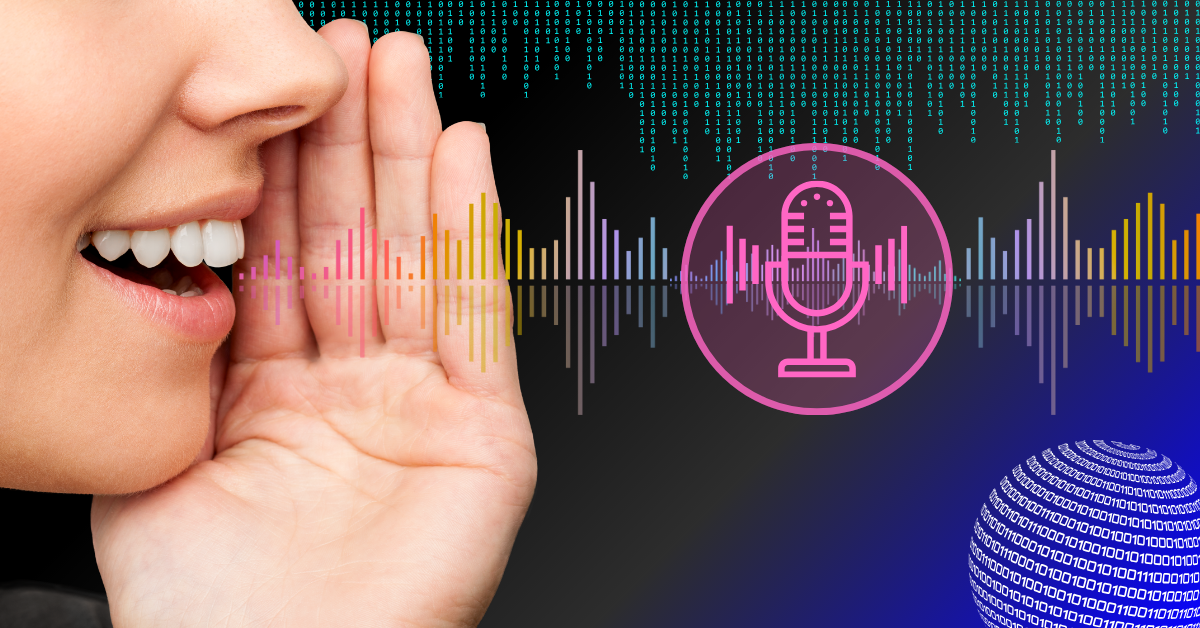Categories
Voice recognition is revolutionizing human-computer interaction and biometric security by enabling systems to recognize individuals based on their speech. By analyzing complex vocal traits—such as pitch, intonation, and rhythm—voice recognition algorithms generate unique digital voiceprints, allowing for highly accurate identity verification.
This in-depth guide examines the foundational science behind voice recognition algorithms, covering everything from feature extraction and model training to real-world challenges and applications. From banking authentication to virtual assistants, these systems are transforming industries.

At its core, voice recognition converts spoken input into a machine-understandable digital format. It focuses on identifying and verifying individual speakers based on biological and behavioral characteristics.
Unlike passwords, voice biometrics are difficult to imitate, offering a non-invasive method for secure and convenient authentication.
Understanding the underlying signal structure of voice lays the groundwork for algorithmic interpretation.
Voice recognition operates through a sequential framework combining audio processing, feature detection, and classification.
Cleaning and conditioning the raw voice signal ensures the core speech is preserved while eliminating irrelevant data.
Fourier transform and related spectral techniques translate time-based audio into the frequency domain, exposing patterns used in recognition.
This step condenses speech into distinct numeric representations, often called features.
These features define a person’s voiceprint, a digital template used in the next phase.

Extracted features are compared against existing voiceprints using statistical and neural models.
Machine learning algorithms score similarities and make predictions on identity.
The system uses threshold logic to determine identity validity based on calculated confidence scores.
This structured pipeline ensures the reliability and accuracy of voice recognition in diverse contexts.
Creating a robust voice recognition solution requires careful planning and iterative refinement:
Compile large, diverse speech datasets across genders, accents, and environments.
Derive MFCCs, LPC features, and prosodic metrics.
Train classifiers (e.g., DNN, GMM) on labeled voiceprints.
Test against unseen data to ensure generalization.
Integrate into applications such as virtual assistants or authentication APIs.
Continuously refine models with new data and user feedback.
As machine learning and computing power have evolved, voice recognition systems now use advanced approaches to improve precision and resilience.
Modern algorithms use deep learning architectures to encode voices into fixed-length embeddings.
Identifies and segments multiple speakers in a single audio stream.
Modern systems tackle variability with methods like:
Despite its strengths, voice recognition must overcome several barriers:
Background Noise: Urban or office environments introduce unwanted audio.
Microphone Quality: Low-grade hardware can degrade recognition accuracy.
Voice Replay Attacks: Playback of recorded speech may trick systems.
Synthetic Voices: AI-generated audio can imitate real users.
Voiceprint Storage: Raises questions about biometric data protection and in turn about security and misuse.
Bias in Datasets: Models trained on limited demographics may underperform on diverse populations.
The ability to identify individuals through voice unlocks diverse applications across industries.
Banks, mobile apps, and smart locks use voice for identity verification.
Devices like Amazon Alexa, Google Assistant, and Siri personalize responses based on user voice.
Supports forensic audio analysis in criminal investigations.
Tracks vocal biomarkers for detecting stress, fatigue, or neurological disorders.
Emerging developments continue to enhance system capabilities and widen adoption.
Voice recognition algorithms represent the merging of biological uniqueness with digital precision. By distilling vocal characteristics into identifiable patterns, these systems are reshaping how we secure our data, interact with devices, and validate identity. As voice becomes a dominant interface, addressing concerns around privacy, fairness, and accessibility will be critical to ensuring trust in these invisible yet powerful technologies.